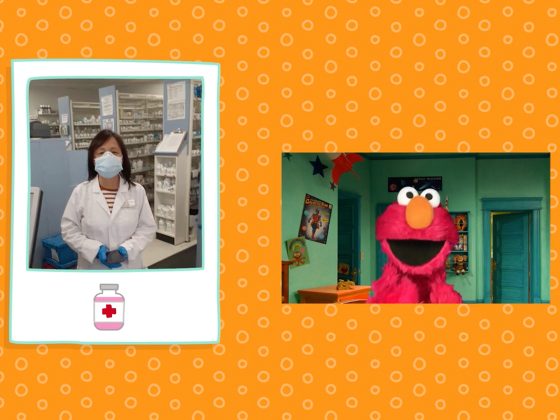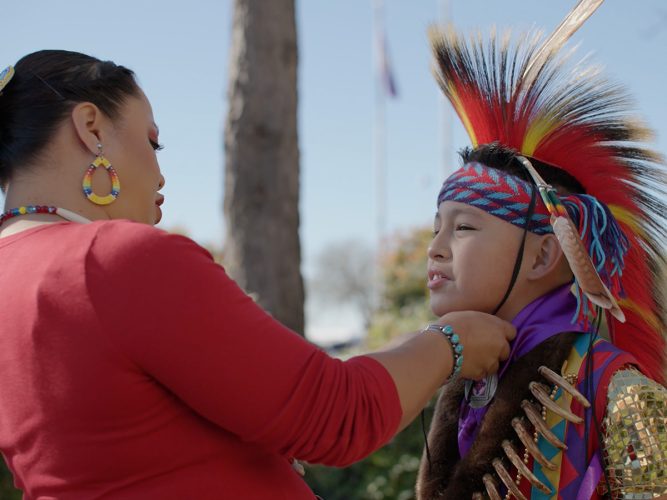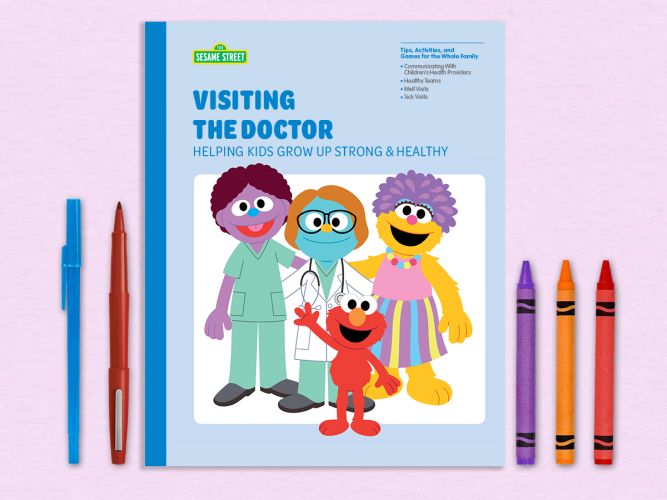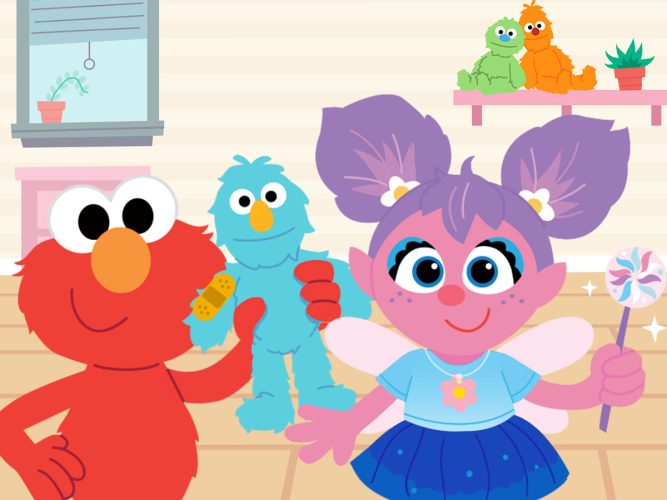
Heroes in Your Neighborhood
There are superheroes in the media like movies, shows, and books, but real-life heroes can be found working hard in every neighborhood right now.
Talk about heroes: there are superheroes in movies, shows, and books, but a real-life hero is kind, helpful, and brave, and there are lots of heroes working hard in every neighborhood right now.
Watch the video together all the way through, then watch it again and pause wherever children are interested. You can extend the learning in any verse:
EMTs: Talk about how ambulances look and sound. Loud sirens may scare some children; explain that the sirens mean that a person who is sick or hurt is about to be helped. When you hear sirens, try closing your eyes together and sending the sick person healthy wishes. You can also send “thank-you thoughts” to the EMTs who are about to help them, and to the doctors and nurses waiting to help at the hospital. Can children imitate a siren?
Grocers: Talk about how the different foods you’re about to eat get to your plates. Name all the people who might have been involved, such as the farmers who grow the food, the factory workers who make it and put it into packages, the truck drivers who bring it to the grocery store, the grocery store staff who puts it onto the shelves and sells it to customers, the cooks who prepare it, the people who deliver it, and so on.
Doctors and nurses: Children may not be going to their regular doctor visits right now. Explain that many doctors and nurses and other people who work in hospitals such as technicians, office staff, and maintenance workers are busy helping people who are sick. Reassure children that they’ll be taken care of if they get sick or hurt.
Pharmacists: Talk about a pharmacist’s job: Doctors decide which medicine a person needs, then they write it down on a piece of paper or type it into a computer for the pharmacist to read. The doctor writes exactly how much to take and when, and the pharmacist puts that medicine into a bottle or jar. Then the pharmacist makes a label with the patient’s name and all the directions they need, and gives it to the patient.
Also, talk about teacher and childcare workers and try making up your own verse about these essential workers who are a key part of children’s circle of care.
You Might Also:
- Talk about other essential workers (such as bus drivers, scientists, delivery people, garbage removers, utility workers, those serving in the military, and so on) and make up your own verses about them.
- Help children make thank-you signs to post near your mailbox or near outdoor garbage areas thanking mail carriers or trash removers.
- Use chalk to create thank-you art on sidewalks or driveways.
- If you live in an area where people are cheering at a certain hour for essential workers, invite children to join in with their own cheers, songs, and sounds (make “drums” from plastic containers and wooden spoons).
Explain that staying inside is also an important way of helping. In that way, children and all family members are special kinds of heroes, too. Personalize new verses with children’s names or names of other family members. For instance:
- Enzo is a hero in our neighborhood, in our neighborhood, in our neighborhood, yes, Enzo is a hero in our neighborhood… a hero that I hug each day!
- Becket is a hero staying safe at home, staying safe at home, staying safe at home. Yes, Becket is a hero staying safe at home, and it’s hard to stay inside all day!
- Clara is a hero when she wears the mask, when she wears the mask, when she wears the mask. Yes, Clara is a hero when she wears the mask, she helps to keep the germs away.

My Whole Healthy Life: Meet Reignen
A video about the different ways a Native American child and his family stay healthy.

My Whole Healthy Life: Meet Wa.Sta.Tse
A video about the different ways a Native American child and her family stay healthy.

Visiting the Doctor: Helping Kids Grow Up Strong & Healthy
Preparation and communication help you get the best care for your child at every medical visit.

Connecting & Communicating
Communication and connection with families is key to building a strong, effective healthy team.

Elmo and Abby’s Check-up Play Date
Pretend play can help children “rehearse” situations that may frighten them.

Rosita’s Favorite
Regular check-ups can be a fun and informative experience for the whole healthy team, kids included!

Communicating at Doctor’s Visits
Good communication leads to good care for your child.
